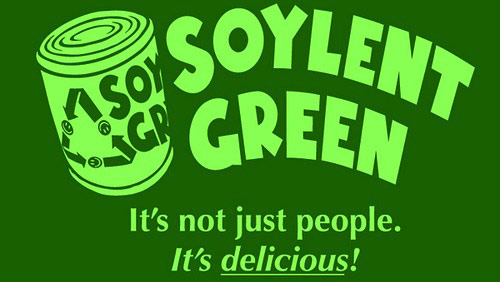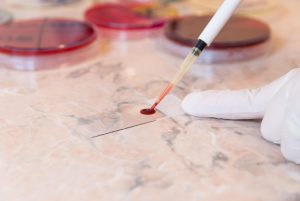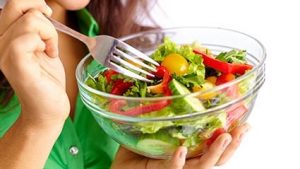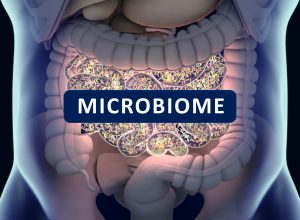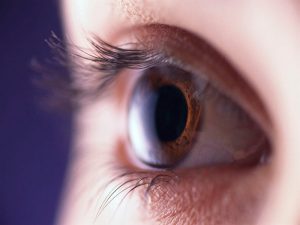In this modern age, what we have come to define as “food” has become vast and even mirky at times. While some “restaurants” offer mass-produced meals in packages (here’s looking at you, Mickey D’s), others pride themselves on farm-to-table cuisine. Every week, another cleanse or diet is hailed as the very best solution to today’s obesity epidemic. So how is food going to change in the coming years? Is it possible we won’t even be able to recognize food in the future?
Never before have scientists and dietitians so closely examined all the things we consume and made decisions about what we truly need and what we don’t. That might sound farfetched, so allow me to ask you this question: do you remember the food pyramid? The one with all that bread and grain at the bottom, fruits and vegetables in the middle, and sugar and salt up top? That ridiculous visual aid was widely considered the ideal diet, and has since been proven to be colossally wrong. If nothing else, the food pyramid is a testament to how drastic change can be.
In Studio City, California, a small startup company sells and distributes a powdered substance called “soylent.” What is soylent, you ask? Put simply, it’s a concoction of all the vitamins, proteins, nutrients and whatever other building blocks our bodies need to keep themselves running. The company prides itself on telling customers they can live on soylent alone. Not quite sure how JC feels about that, though.
All you do is add water, stir and drink. This sludgy drink is selling like hot cakes. Why? Because they cater to a demographic that wishes to save time, spend less and cut countless extraneous meals from their lives. Even the name soylent will remind many of the 1973 film Soylent Green, a dystopian movie in which everyone consumes the eponymous green wafer that, at the film’s climax, is discovered to be made of actual people. The name is meant to serve as the antithesis to fashionable diets and food trends. This is a product that is designed to be exactly what the body needs: no more, and hopefully not less.
Currently several companies are hard at work to make 3D food a very real possibility for our future. 3D food? I bet you’re thinking: “But food is already experienced in three dimensions. Duh, doofus.” Of course, keen observation. But what about food made on 3D food printers? They use printable foods like pasta and substances that can work as a type of food ink. Most printers are only capable of making simple dishes at this point, but the goal is to one day enable people to customize intricate 3D dishes.
In our future, we will see shifts in what can be grown in different, traditionally-prohibitive environments, due in large part to the changes in climate we are currently experiencing. Food is the one way people who are far removed from shifting climates will experience the change: most significantly, through the cost of staple and favorite foods. To counter these changes, entrepreneurs and scientists are dreaming up ways humans can sustain our bodies more efficiently and less expensively. Like evolution, it takes a long time for lasting changes to become apparent in the way we eat. But, although these business ventures might not last, the way we eat is shifting. How those shifts will affect the ways we live is truly worth considering.










